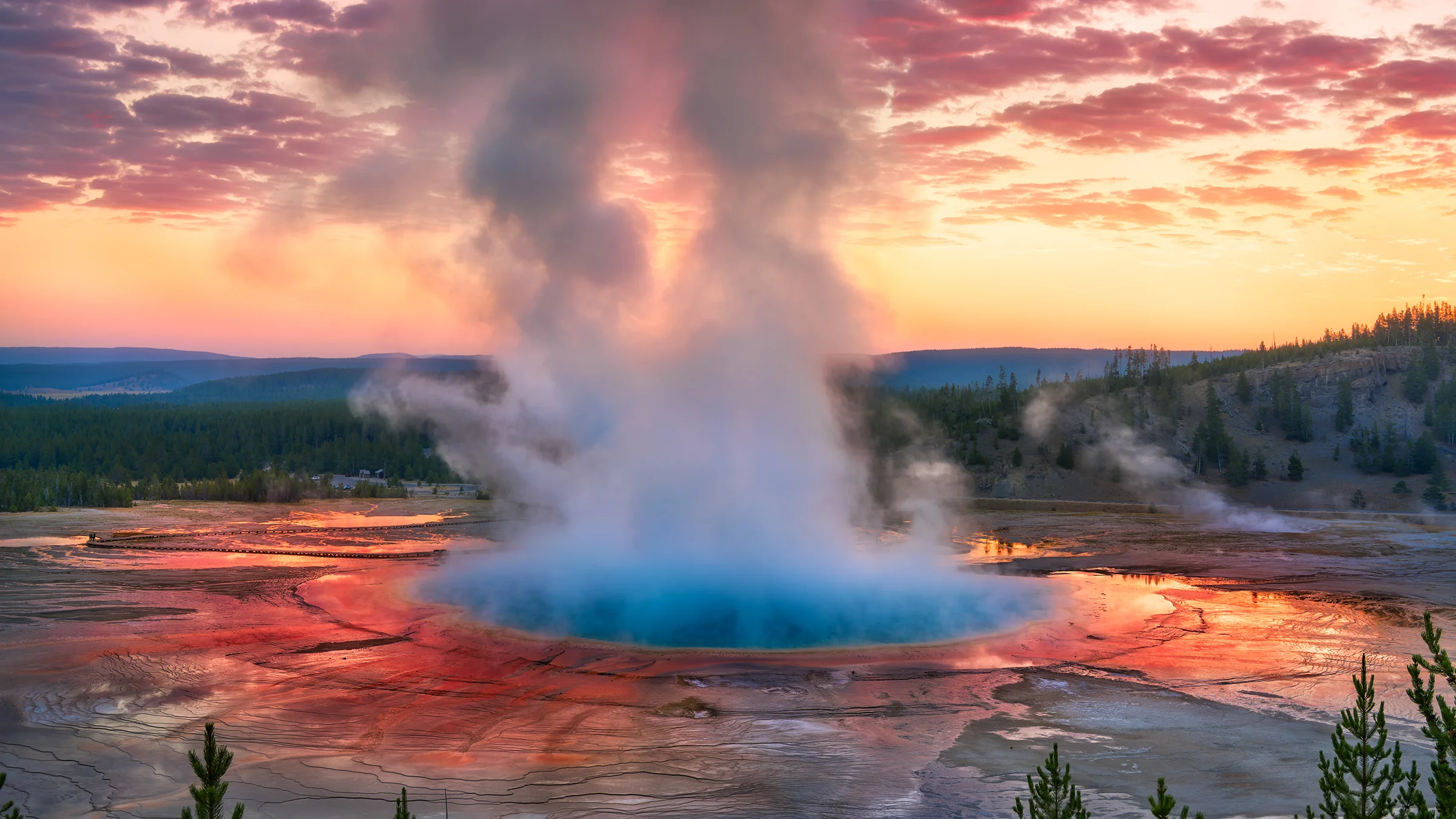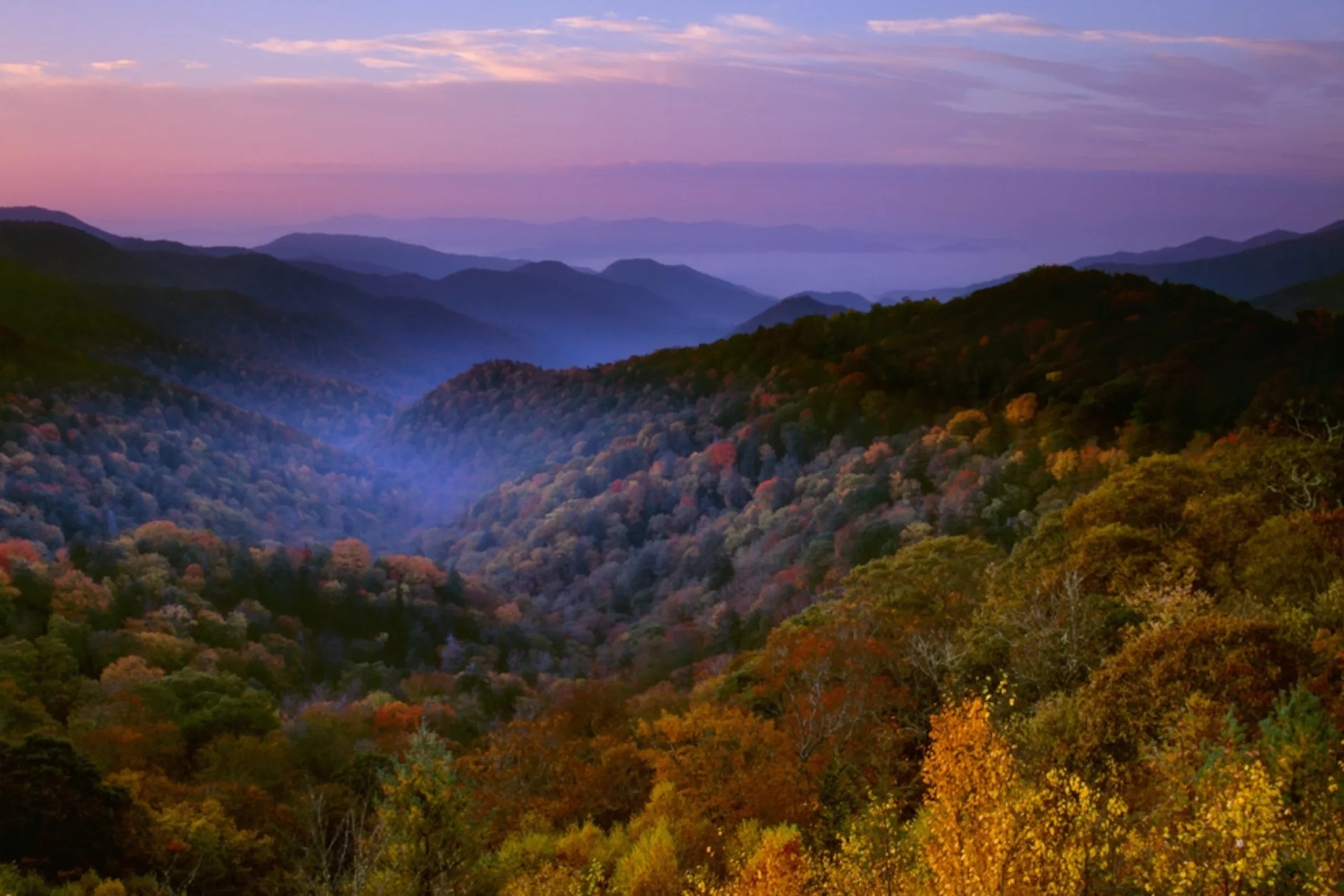
Cathy Whitlock, a paleoclimatologist who has been analyzing historical photographs of Yellowstone National Park to present-day images, said, “It’s astounding how much more forestry there is now than there was in the past.”
She estimates that portions of the park were rejuvenating from settlement-caused fires when the park was founded. Over the years, new woods have grown, sparse forests have filled in, and tree species composition has evolved.
The National Parks

Since 1872, the U.s Government has claimed protection over Yellowstone’s 3,472 square miles, even though Native Americans had been there for over 10,000 years. During the last 150 years, the absence of agricultural and commercial activity has allowed archaeologists to understand better the area’s history by preserving numerous Indigenous sites. Similarly, this has proved beneficial for scientists in other fields.
Thomas Brock, a microbiologist, identified an intriguing bacteria in the park’s hot springs. This bacteria, which Brock called Thermus Aquaticus, could live at 80 degrees Celsius underwater. It was a great discovery as no one would have ever thought anything would survive under that temperature.
How Is It Effecting?
The current polarized view of science is inconsistent with the past of the Parks Department and the United States.
The parks offer a fascinating tradition of science and scientific advancement. Researchers are actively engaged in approximately 300 park sites, covering all areas of science, including light pollution and complex hydrological bird migration.
Even before they became national parks, several of these renowned locations drew scientists from throughout the country to investigate their distinctive characteristics. Such as Yellowstone’s geothermal features and Everglades’ complicated water systems.
Impact On The History Of Science

In addition, the National Park Service has also gathered statistics that give important baseline information on the natural environment for over a century. P park officials have analyzed the air in the Great Smoky Mountains, providing scientists with a deep understanding of how the ecosystem is changing. As a result, scientists can better comprehend the air quality in the Great Smoky Mountains.